Back to Utopia
By:
May 2, 2011

Can the antidote to today’s neoliberal triumphalism be found in the pages of far-out science fiction?
[Originally published by the Boston Globe’s Ideas section, November 20, 2005.]
IN 1888, when Massachusetts newspaperman Edward Bellamy published his science fiction novel Looking Backward, set in a Boston of the year 2000, it sold half a million copies. Never mind the futuristic inventions (electric lighting, credit cards) and visionary city planning; what readers responded to was the transformation of a Gilded Age city of labor strikes and social unrest into a socialist utopia (Bellamy called it ”nationalist”) of full employment and material abundance.
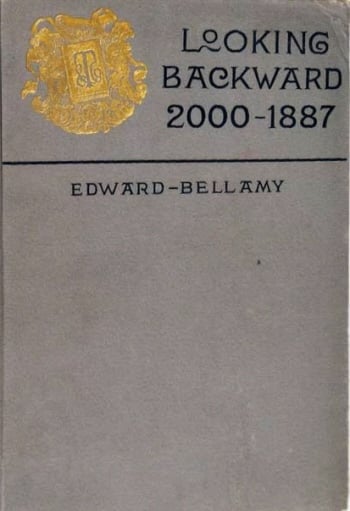
By 1890 there were 162 reformist Bellamy Clubs around the country, with a membership that included public figures like the influential novelist, editor, and critic William Dean Howells; and from 1891-96, the Bellamy-inspired Nationalist Party helped propel the Populist Movement. The Bellamyites fervently believed, to paraphrase the slogan of today’s anti-globalization movement, that another world was possible.
But during the Cold War — thanks to Stalinism and the success of such dystopian fables as Aldous Huxley’s Brave New World and George Orwell’s Nineteen Eighty-Four — all radical programs promising social transformation became suspect. Speaking for his fellow chastened liberals at a Partisan Review symposium in 1952, for example, the theologian and public intellectual Reinhold Niebuhr dismissed what he called the utopianism of the 1930s as ”an adolescent embarrassment.”
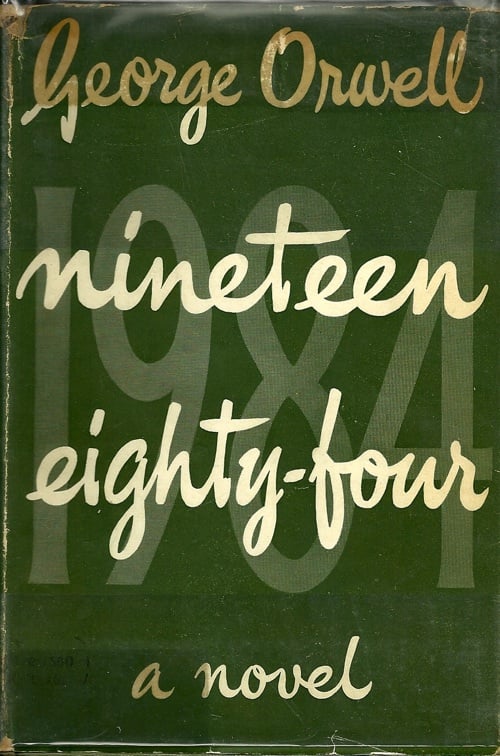
Niebuhr and other influential anti-utopians of mid-century — Isaiah Berlin, Hannah Arendt, Karl Popper — had a point. From Plato’s Republic to Thomas More’s 1517 traveler’s tale Utopia (the title of which became a generic term), to the idealistic communism of Rousseau and other pre- and post-French Revolution thinkers, to Bellamy’s Looking Backward itself, utopian narratives have often shared a naive and unseemly eagerness to force square pegs into round holes via thought control and coercion. By the end of the 20th century, most utopian projects did look proto-totalitarian.
In recent years, however, certain eminent contrarians — most notably Fredric Jameson, author of the seminal Postmodernism, Or, the Cultural Logic of Late Capitalism (1991) and Russell Jacoby, author most recently of The End of Utopia (1999) and Picture Imperfect: Utopian Thought for an Anti-Utopian Age (2005) — have lamented the wholesale abandonment of such utopian ideas of the left as the abolition of property, the triumph of solidarity, and the end of racism and sexism.
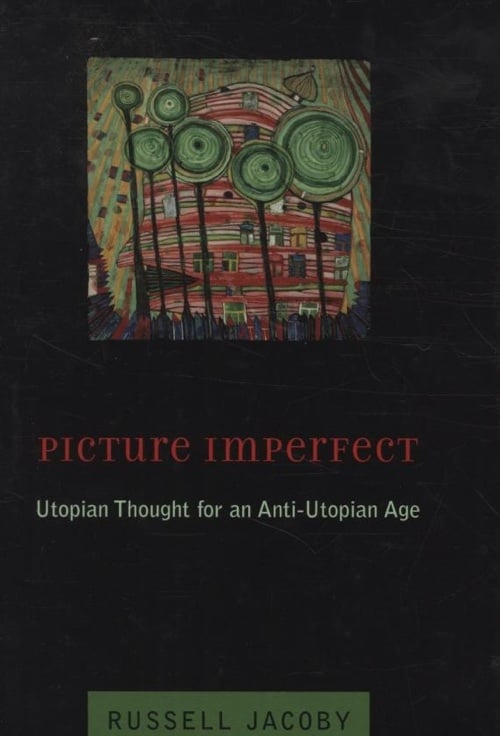
The question, for thinkers like these, is how to revive the spirit of utopia — the current enfeeblement of which, Jameson claims, ”saps our political options and tends to leave us all in the helpless position of passive accomplices and impotent handwringers” — without repeating the errors of what Jacoby has dubbed ”blueprint utopianism,” that is, a tendency to map out utopian society in minute detail. How to avoid, as Jameson puts it, effectively ”colonizing the future”?
Is the thought of a noncapitalist utopia even possible after Stalinism, after decades of anticommunist polemic on the part of brilliant and morally engaged intellectuals? Or are we all convinced, in a politically paralyzing way, that Margaret Thatcher had it right when she crowed that ”there is no alternative” to free-market capitalism?
Borrowing Sartre’s slogan, coined after the Soviet invasion of Hungary, about being neither communist nor anticommunist but ”anti-anticommunist,” Jameson suggests we give ”anti-anti-utopianism” a try. In his latest book, Archaeologies of the Future, just published by Verso, he invites us to explore an overlooked canon of anti-anti-utopian narratives that some, to echo Niebuhr, might find embarrassingly adolescent: offbeat science fiction novels of the 1960s and ’70s.
Jameson, a professor of comparative literature at Duke, isn’t talking about Star Trek novelizations. Because of the Cold War emphasis on dystopias, Cold War writers like Philip K. Dick, Ursula K. Le Guin, and Samuel R. Delany had to find radical new ways to express their inexpressible hopes about the future, claims Jameson. At this moment of neoliberal triumphalism, he suggests, we should take these writers seriously — even if their ideas are packaged inside lurid paperbacks.
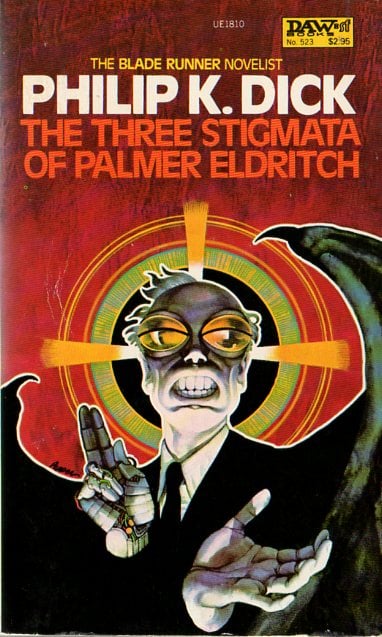
In Dick’s uncanny novels, the author demands of us that we decide for ourselves what’s real and what isn’t. Martian Time-Slip (1964), for example, is partly told from the perspective of a 10-year-old schizophrenic colonist on Mars, where civilization is devolving into ”gubbish.” And The Three Stigmata of Palmer Eldritch (1965) is a psychedelic odyssey of hallucinations-within-hallucinations from which no reader emerges unscathed.
Delany, meanwhile, is best known for Trouble on Triton (1976), a self-consciously post-structuralist novel that depicts a future where neither heterosexuality nor homosexuality is the norm. Le Guin, author of a fantasy series for children, The Earthsea Trilogy, explores Taoist, anarchist, and feminist themes in novels like The Left Hand of Darkness (1969) and The Dispossessed (1974). Fans of Dick, Delany, and their ilk warn neophytes not to read too many of their books too quickly: Doing so, as this reader can attest, tends to result in pronounced feelings of irreality, paranoia, and angst.
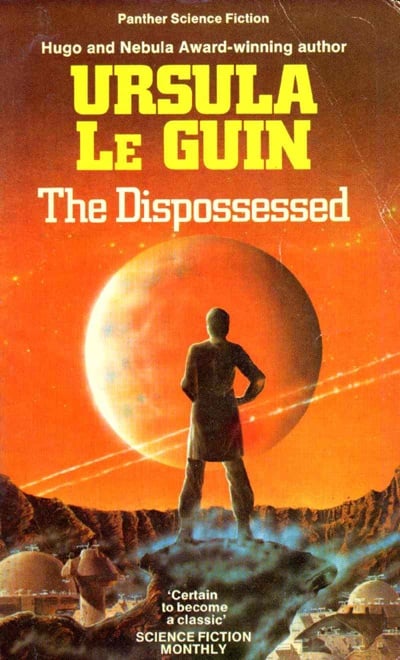
In Archaeologies, Jameson characterizes utopian narratives (which he classifies as a subgenre of science fiction) as being, at the level of content, less a vision of a truly different world than a situation-specific response to a concrete historical dilemma: the immiseration of the working class during the later 19th century, in Bellamy’s case. Such content is ”vacuous,” he sniffs, and of interest primarily to antiquarians.
The ability of utopian narratives in particular, and science fiction in general, to break the paralyzing spell of the quotidian has less to do with its content than with its form, he argues persuasively. (Buck Rogers-type science fiction in the mode of ”extrapolation and mere anticipation of all kinds of technological marvels,” as Jameson puts it, is far less effective at doing so.) It requires a tremendous effort to imagine a daily life that is politically, economically, socially, and psychologically truly different from our own. And this effort, Jameson writes, warps the structure of science fiction. As a result, he claims, even Dick’s amphetamine-fuelled potboilers are as productively alienating as the plays of Brecht and Beckett.
But isn’t it perverse to describe novels quite so alienating as utopian? The title character of Dick’s Palmer Eldritch, for example, is an industrialist-turned-evil demiurge who brings to mankind a ”negative trinity” of ”alienation, blurred reality, and despair” in the form of Chew-Z, a drug that inducts users into a hallucinatory semireality from which they can never finally escape. Le Guin’s The Dispossessed, meanwhile, was written as a pointed critique of typical utopian narratives: It’s set on Annares, a planet whose hippie-like inhabitants value voluntary cooperation, local control, and mutual tolerance — but who have preserved their grooviness through dogmatic conformism and an entrenched bureaucracy that stifles innovation. Le Guin’s protagonist abandons Annares for a nearby world, one that is superior in important respects because its inhabitants value the free market; later editions of the book are subtitled ”An Ambiguous Utopia.”
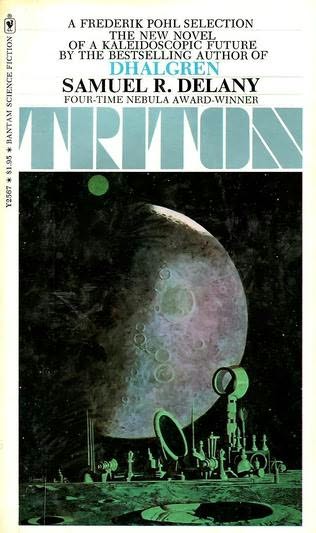
Delany, finally, gave Triton (set on a Neptunian colony where no one goes hungry and everyone is sexually confused) the subtitle ”An Ambiguous Heterotopia,” to signal his own critique not only of utopian narratives but of Le Guin’s vestigial nostalgia for pastoral communes.
Asked in a recent interview why the science fiction novels that he calls utopian portray future societies not even remotely like the cloud-cuckoo-land the term suggests, Jameson explained that the problem confronting Cold War science fiction writers was how to describe utopia ”negatively,” in terms of what it won’t be like. ”There is, in effect, a ban on graven images, meaning you can’t represent the future in a realistic way,” he said. Anti-anti-utopian writing ”has to be about freeing the imagination from the present,” Jameson continued, ”rather than trying to offer impoverished pictures of what life in the future’s going to be.”
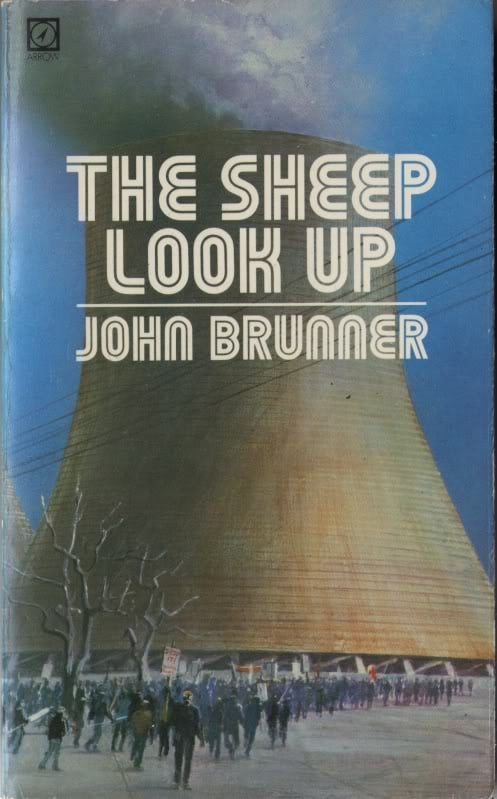
Dystopias aren’t the only example of ”negative” utopianism, Jameson points out in Archaeologies. The rise to popularity in the mid-1960s and early ’70s of disaster novels — about atomic warfare, meteors hitting the Earth, environmental collapse, and so forth — ought to be interpreted as evidence of a collective desire to start over from scratch, he writes. He points to books like Dick’s Dr. Bloodmoney, or How We Got Along After the Bomb (1965), a pastoral set in a post-apocalyptic Berkeley; Le Guin’s The Lathe of Heaven (1971), about an overpopulated Portland, Ore., made livable by a plague; and John Brunner’s The Sheep Look Up (1972), about an Earth whose air is unbreathable.
These books are more utopian, in a way, than Bellamy-style idylls, Jameson claims, because the latter offer false hope that ameliorative reforms might transform society. ”What utopian thought wants to make us aware of is the need for complete systemic change, change in the totality of social relations, and not just an improvement in bourgeois culture,” he said. ”If we want a [bourgeois idyll], we can go to Celebration, Fla.”
If discussing a future society that can’t be represented realistically is complicated and off-putting, that’s because ”it’s a new form of thinking,” Jameson insisted. ”It’s a new dimension of the exercise of the imagination.”
Jameson, who’s been writing about Dick, Le Guin, Delany, Brunner, and others in the pages of scholarly journals like Science Fiction Studies for 30 years, is reticent when it comes to the question of what makes a great anti-anti-utopian narrative. ”The talent or the greatness of science fiction writers,” he said, ”lies in what individual solutions they have for a formal problem — the ban on graven images — that cannot be resolved. There’s no universal recipe.” But when it comes to the power of science fiction to spring us from what he claims is our current state of political paralysis, Jameson is enthusiastic. ”It’s only when people come to realize that there is no alternative,” he said, ”that they react against it, at least in their imaginations, and try to think of alternatives.”
Can reading science fiction, I asked, help us decide between various utopian alternatives — urban vs. pastoral, statist vs. anarchistic? No, replied Jameson, insisting there are ”utopian elements” in each of these. What science fiction does afford us, he said, ”is not a synthesis of these elements but a process where the imagination begins to question itself, to move back and forth among the possibilities.”
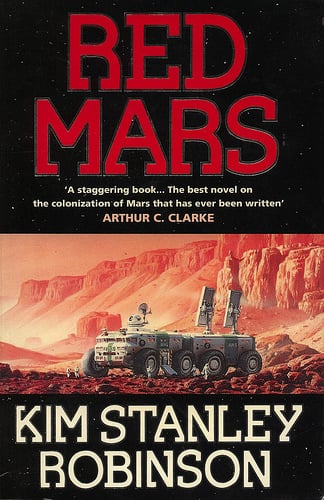
What contemporary science fiction author most inspires this ideal process? In Archaeologies, Jameson suggests it might be a former doctoral student of his, Kim Stanley Robinson, who wrote his dissertation on Philip K. Dick and whose popular trilogy, Red Mars (1992), Green Mars (1993), and Blue Mars (1995), explores the political, economic, and ecological crises that ensue when 21st-century colonists from Earth begin terraforming Mars. Instead of asking the reader to decide on any one of the colonists’ competing utopian ideologies, Jameson said, Robinson ”goes back and forth between these various visions, [allowing us to see] it’s not a matter of choosing between them but of using them to destabilize our own existence, our own social life at present.”
In the final analysis, Jameson writes in Archaeologies, the demanding exercise of holding incompatible visions in mind is what ”gives utopia its savor and its bitter freshness, when the thought of utopias is still possible.”
READ MORE essays by Joshua Glenn, originally published in: THE BAFFLER | BOSTON GLOBE IDEAS | BRAINIAC | CABINET | FEED | HERMENAUT | HILOBROW | HILOBROW: GENERATIONS | HILOBROW: RADIUM AGE SCIENCE FICTION | HILOBROW: SHOCKING BLOCKING | THE IDLER | IO9 | N+1 | NEW YORK TIMES BOOK REVIEW | SEMIONAUT | SLATE
Joshua Glenn’s books include UNBORED: THE ESSENTIAL FIELD GUIDE TO SERIOUS FUN (with Elizabeth Foy Larsen); and SIGNIFICANT OBJECTS: 100 EXTRAORDINARY STORIES ABOUT ORDINARY THINGS (with Rob Walker).
